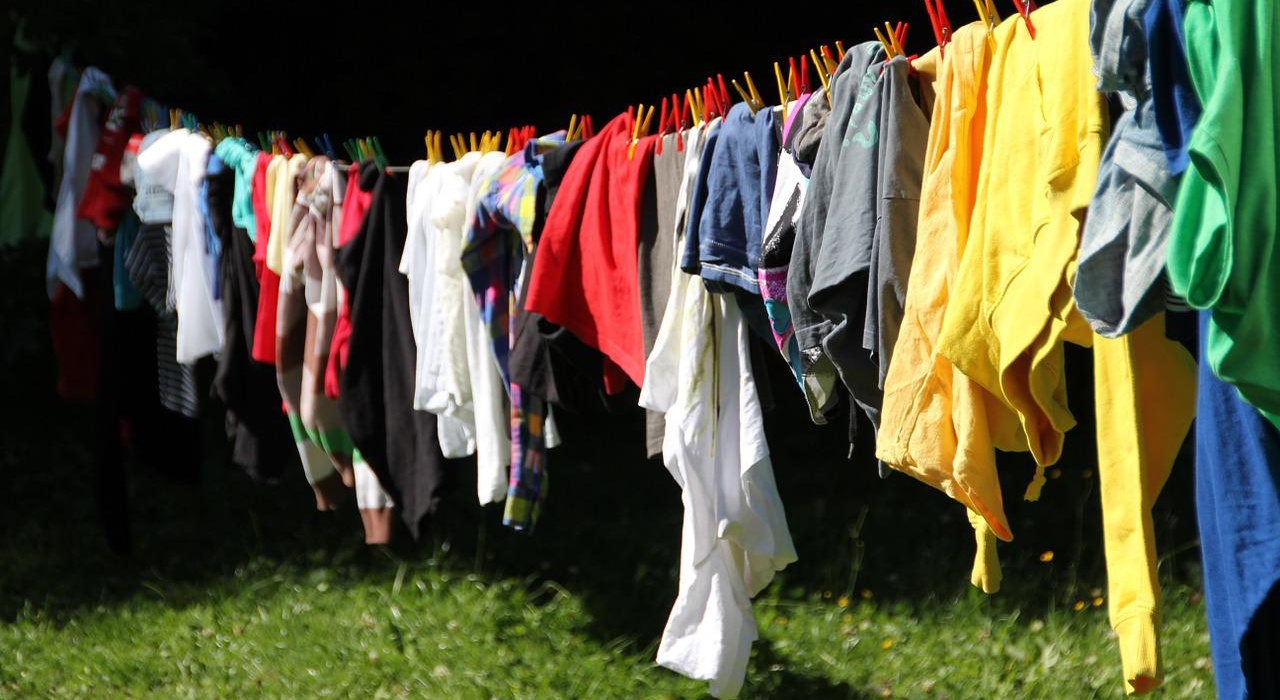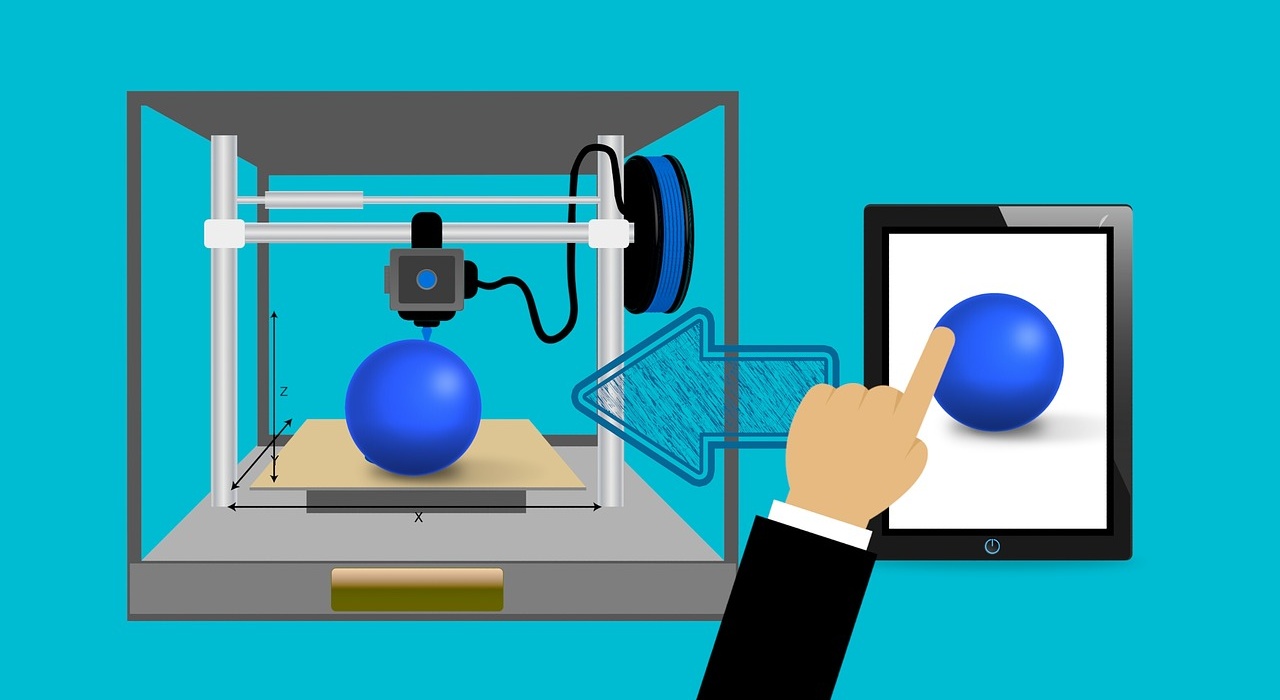Composition claims sometimes recite a ratio of amounts of two different components in the composition. Similarly, claims relating to a polymeric compound sometimes recite a ratio between two different structural units of the compound. In evaluating obviousness, U.S. examiners search the prior art for ratios that overlap the claimed ratio. Ex parte Kraus (Appeal No. 2021-002347) is a recent decision of the Patent Trial and Appeal Board (“Board”) in which the examiner went a little too far in trying to find such a ratio in the prior art.
Independent claim 1 related to a polycondensate comprising at least four different structural units: (I), (IIa), (IIb) and (III). Among other limitations, the claim recited a molar ratio of structural unit (IIa) to (IIb) within the range of 0.2 to 1.5.
The examiner rejected claim 1 as obvious over one reference (Wieland), and separately over a different reference (Kraus). In the rejection based on Wieland, the examiner relied on a ratio that included structural units corresponding to (IIa) and (IIb). However, the examiner acknowledged that this was not exactly a ratio of (IIa) to (IIb) since the structural units of Wieland corresponding to (IIa) and (IIb) both were encompassed by the denominator of Wieland’s disclosed ratio. The examiner also relied on values derived from two specific examples in Wieland to construct a ratio of (IIa) to (IIb) overlapping the claimed range.
The Board reversed the rejection over Wieland. The Board found that “[t]he Examiner has not explained sufficiently why one of ordinary skill in the art would mix and match molar concentration values from two different examples to determine a ratio of (IIa) to (IIb) as claimed, particularly given that Wieland’s ratio is different.” The examiner’s calculation “involves picking and choosing convenient values from two unrelated examples to calculate a ratio not used by Wieland.”
In the rejection based on Kraus, the examiner combined a disclosed ratio of structural unit (I) to (IIa) with a disclosed ratio of the sum of structural units (I) and (IIa) to structural unit (IIb). The examiner found that this combination supported a range of molar ratios (IIa) to (IIb) that overlapped the claimed range of 0.2 to 1.5.
The Board also reversed this rejection. The Board found that the examiner had not adequately explained how the two disclosed ratios could be combined to obtain the claimed ratio. The Board noted that “[t]he calculation posited by the Examiner apparently requires substitution of a range within another range,” which it found not to be obvious.
Takeaway: A ratio between two components in a composition, or two structural units in a polymeric compound, can be a useful way to distinguish a claimed invention from prior art. If an examiner appears to be stretching the prior art to construct an overlapping ratio, it is worth challenging the examiner’s rationale.
Judges: Hastings, Kennedy, Cashion Jr.










